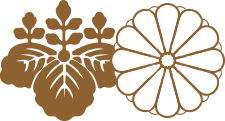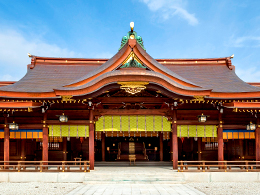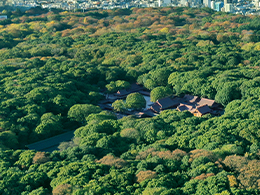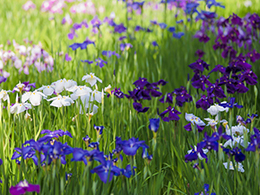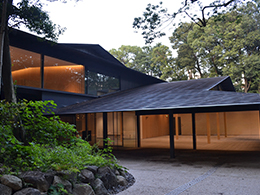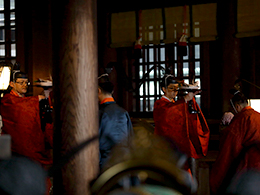Forest
The sacred forest surrounding the main shrine buildings of Meiji Jingu may seem natural but is actually man-made, planted by 110,000 volunteers in honor of Emperor Meiji (1852–1912) and Empress Shoken (1849–1914). Covering 70 hectares, it currently has 234 different varieties of trees, which were donated from all over Japan. Every tree was chosen based on how it would look after 100 or 200 years, while still ensuring the forest looked natural when it was planted in 1920. The project was led by Dr. Honda Seiroku (1866–1952), who was also responsible for Hibiya Park.
Since the forest is considered sacred, there has been no human intervention since it was created. Nothing is added or taken away, and the plants must sustain themselves. When trees fall over they are left as they are, to return to the soil. Many new species, including some rare birds and insects, have made their home in the forest. Walking through it, there is always something new to discover whatever the season. The forest serves also to separate the sacred from the profane world. It is one of the most iconic and popular oases of greenery in Tokyo.
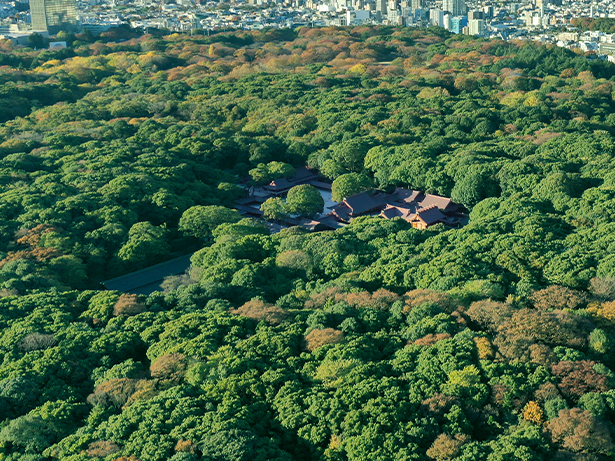
Manmade Forest: carefully planned as an eternal forest that recreates itself
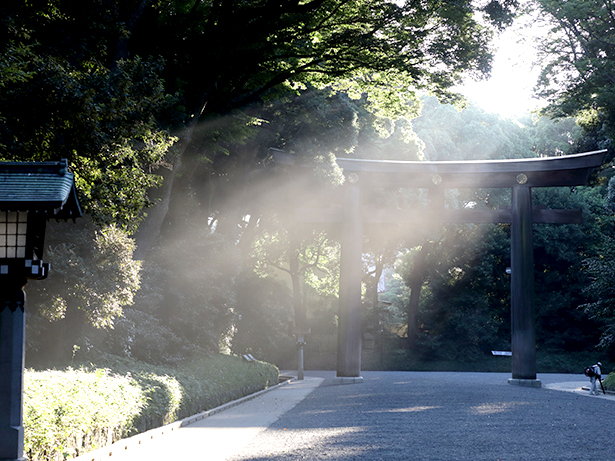
Main Approach
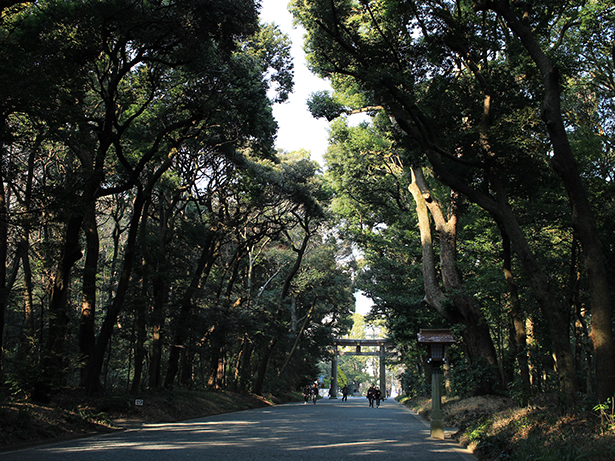
North Approach
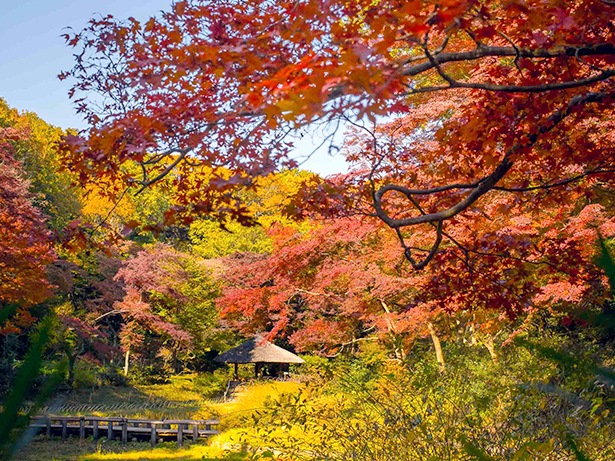
Japanese Maples in late autumn
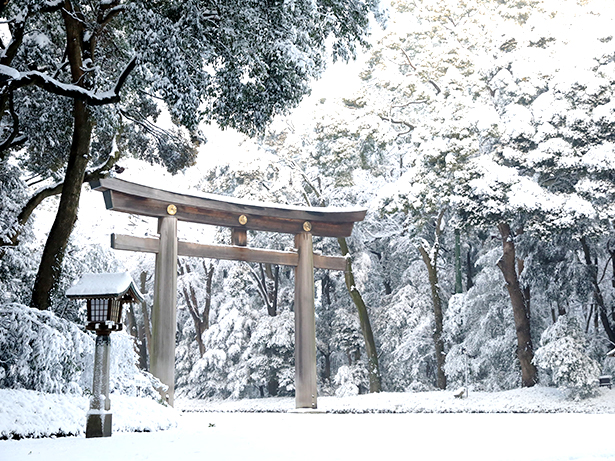
Forest in the snow
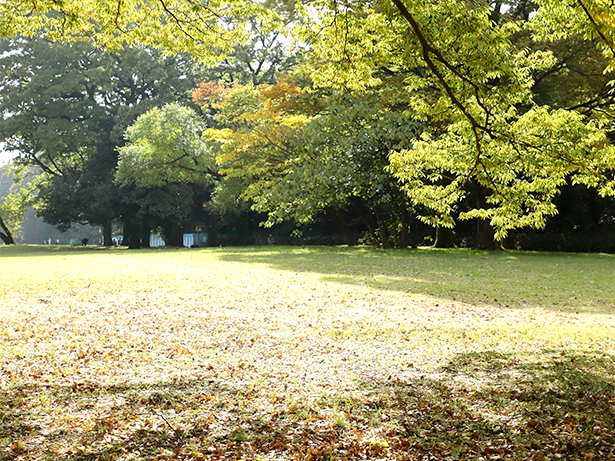
Lawn area
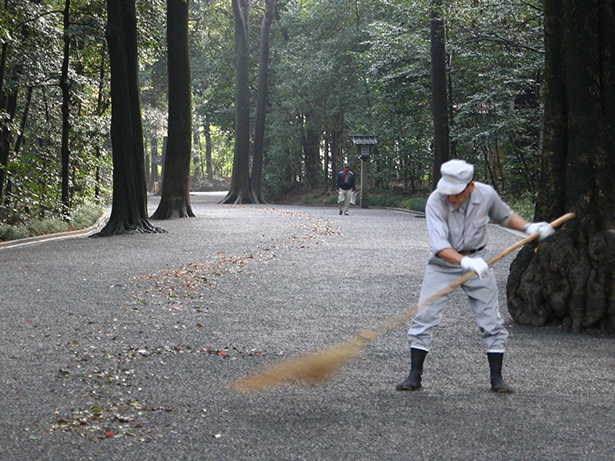
Cleaning staff (Sweeper)
